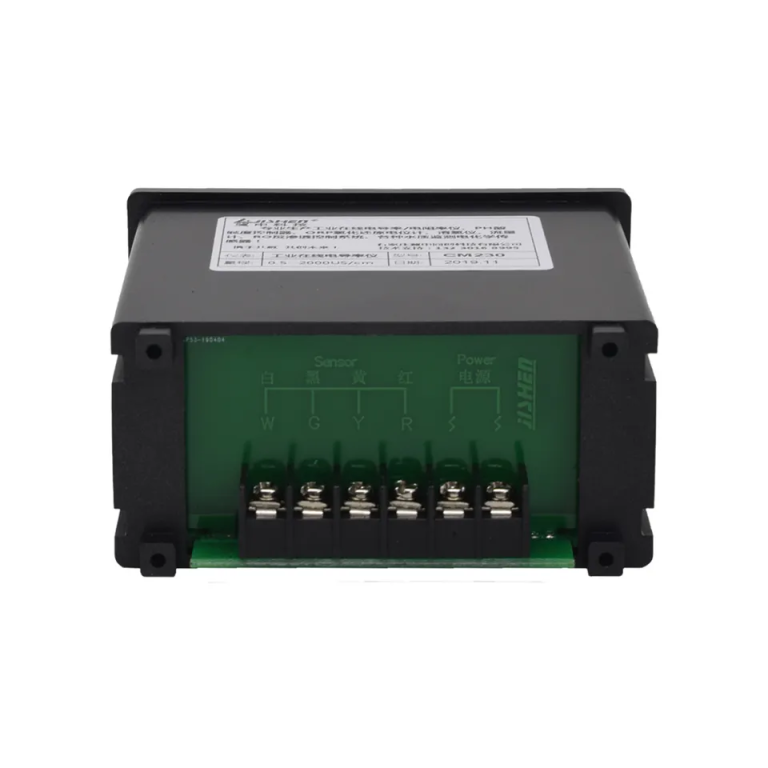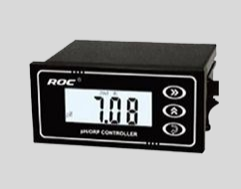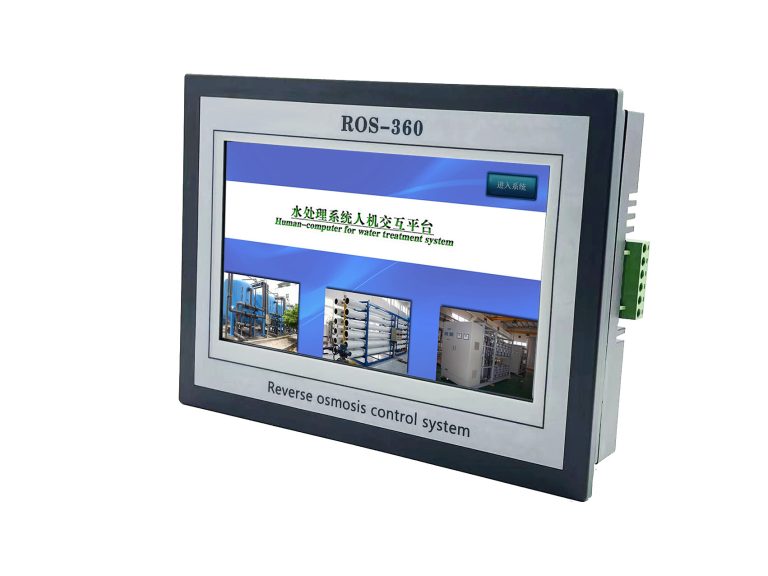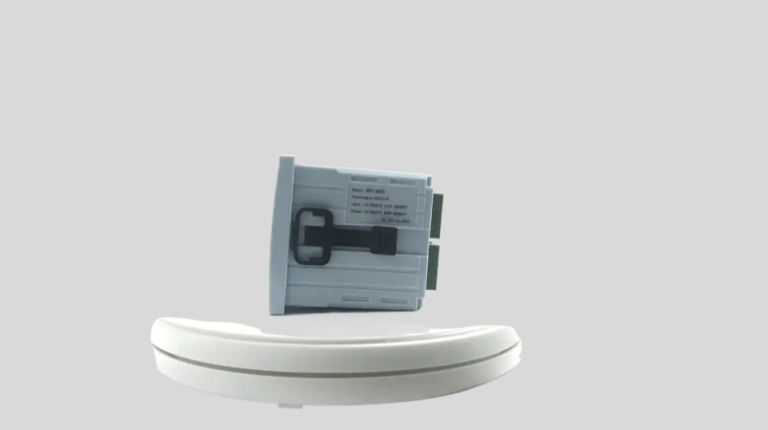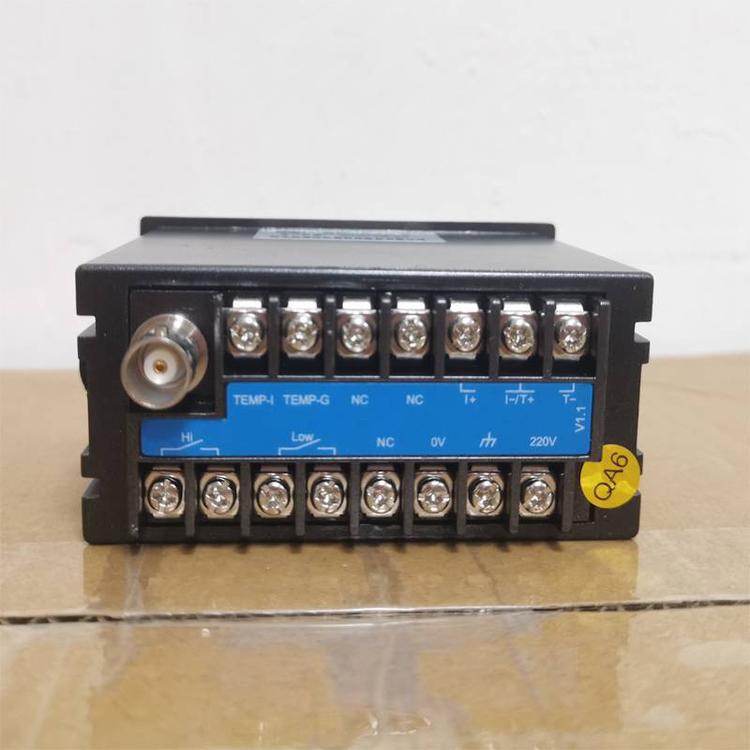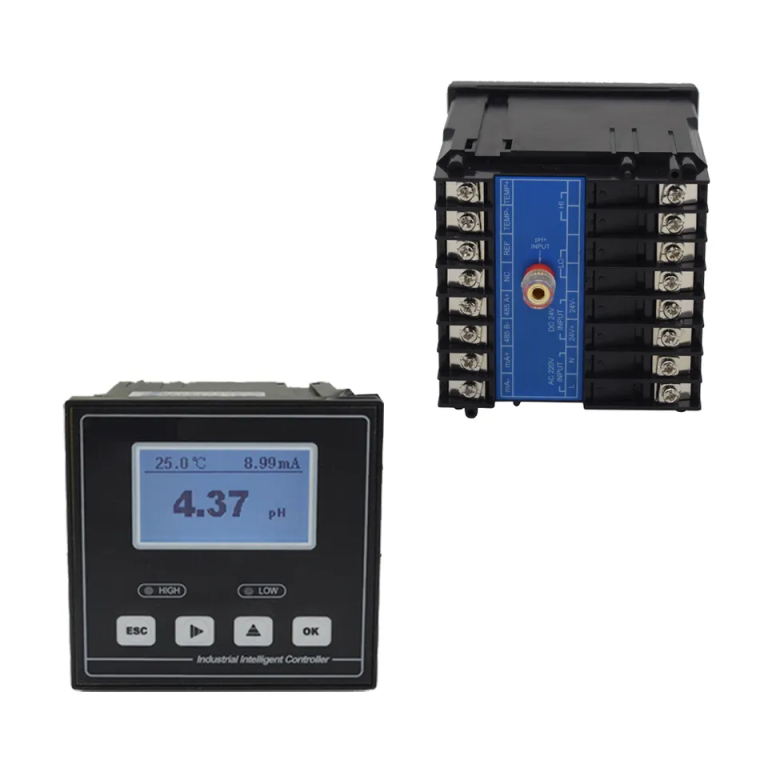Table of Contents
Understanding the Functionality and Applications of Hall Effect Flow Sensors
Hall Effect flow sensors are a significant technological innovation that has revolutionized the measurement of fluid flow rates in various industries. These sensors, named after the Hall Effect principle, are renowned for their accuracy, reliability, and versatility, making them an indispensable tool in numerous applications.
The Hall Effect principle, discovered by Edwin Hall in 1879, is a phenomenon that occurs when a current-carrying conductor is placed in a perpendicular magnetic field. This arrangement causes a voltage difference across the conductor, known as the Hall voltage. This voltage is directly proportional to the product of the current and the magnetic field. Hall Effect flow sensors leverage this principle to measure fluid flow rates.
In a Hall Effect flow sensor, a small paddle wheel or turbine is placed in the fluid path. As the fluid flows, it causes the wheel to rotate. A magnet is embedded in the wheel, and as it spins, it generates a magnetic field that fluctuates with the wheel’s rotation. A Hall Effect sensor, placed nearby, detects these fluctuations and converts them into a voltage. This voltage is then measured and used to calculate the fluid’s flow rate. The faster the fluid flows, the faster the wheel spins, and the higher the voltage generated. Thus, the Hall voltage serves as a reliable indicator of the fluid’s flow rate.
| Instrument model | FET-8920 | |
| Measurement range | Instantaneous flow | (0~2000)m3/h |
| Accumulative flow | (0~99999999)m3 | |
| Flow rate | (0.5~5)m/s | |
| Resolution | 0.001m3/h | |
| Accuracy level | Less than 2.5% RS or 0.025m/s.whichever is the largest | |
| Conductivity | >20μS/cm | |
| (4~20)mA output | Number of channels | Single channel |
| Technical features | Isolated,reversible,adjustable, meter/transmission dual mode | |
| Loop resistance | 400Ω(Max), DC 24V | |
| Transmission accuracy | ±0.1mA | |
| Control output | Number of channels | Single channel |
| Electrical contact | Semiconductor photoelectric relay | |
| Load capacity | 50mA(Max), DC 30V | |
| Control mode | Instantaneous amount upper/lower limit alarm | |
| Digital output | RS485(MODBUS protocol ),Impulse output1KHz | |
| Working power | Power supply | DC 9~28V |
| source | Power Consumption | ≤3.0W |
| Diameter | DN40~DN300(can be customized) | |
| Working environment | Temperature:(0~50) ℃; Relative humidity: ≤85%RH(none condensation) | |
| Storage environment | Temperature:(-20~60) ℃; Relative humidity: ≤85%RH(none condensation) | |
| Protection grade | IP65 | |
| Installation method | Insertion pipeline installation | |
Hall Effect flow sensors offer several advantages over other types of flow sensors. They are highly accurate, capable of measuring flow rates with a precision of up to 0.5%. They are also very reliable, with a long operational lifespan and minimal maintenance requirements. Furthermore, they are versatile and can be used with a wide range of fluids, including water, oil, and gas. They can operate under high pressure and temperature conditions, making them suitable for use in harsh industrial environments.
| Model | CM-230S Ecomonical conductivity monitor |
| Range | 0-200/2000/4000/10000uS/cm |
| 0-100/1000/2000/5000PPM | |
| Accuracy | 1.5%(FS) |
| Temp. Comp. | Automatic temperature compensation based on 25℃ |
| Oper. Temp. | Normal 0~50℃; High temp 0~120℃ |
| Sensor | Standard:ABS C=1.0cm-1 (others are optional) |
| Display | LCD Screen |
| Zero Correction | Manual correction for low range 0.05-10ppm Set from ECO |
| Unit Display | uS/cm or PPM |
| Power | AC 220V±10% 50/60Hz or AC 110V±10% 50/60Hz or DC24V/0.5A |
| Working Environment | Ambient temperature:0~50℃ |
| Relative humidity≤85% | |
| Dimensions | 48×96×100mm(H×W×L) |
| Hole Size | 45×92mm(H×W) |
| Installation Mode | Embedded |
The applications of Hall Effect flow sensors are vast and varied. In the automotive industry, they are used to measure the flow of fuel and coolant in vehicles. This information is crucial for optimizing engine performance and fuel efficiency. In the medical field, they are used in dialysis machines and infusion pumps to ensure the accurate delivery of fluids. In the HVAC industry, they are used to monitor the flow of refrigerant in air conditioning systems. They are also used in water treatment plants, oil refineries, and chemical processing facilities, among others.
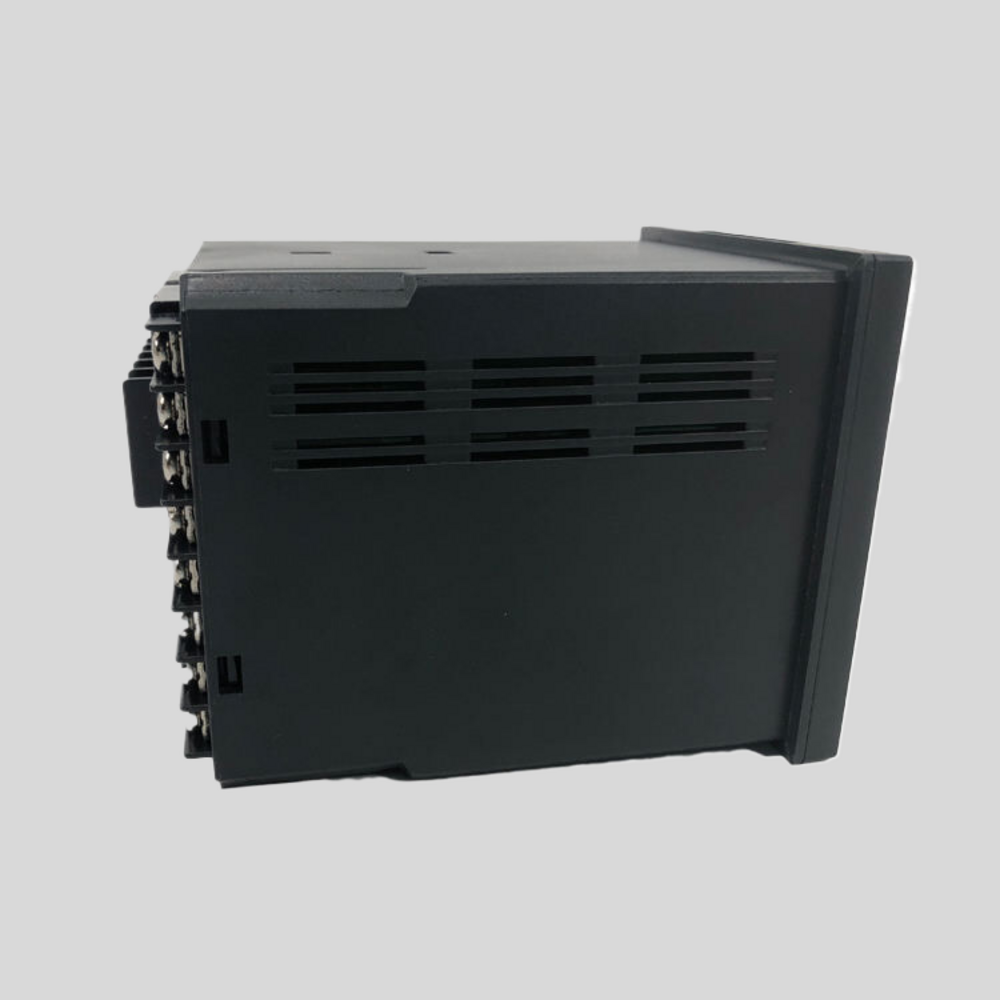
In conclusion, Hall Effect flow sensors are a powerful tool for measuring fluid flow rates. They leverage the Hall Effect principle to provide accurate, reliable, and versatile flow measurement solutions. Their wide range of applications, from automotive to medical to industrial, attests to their utility and effectiveness. As technology continues to advance, it is expected that the capabilities and applications of Hall Effect flow sensors will continue to expand, further cementing their place as an essential tool in fluid flow measurement.
The Role of Hall Effect Flow Sensors in Modern Technology
Hall Effect flow sensors have emerged as a pivotal component in the realm of modern technology. These sensors, named after the Hall Effect principle discovered by Edwin Hall in 1879, have found extensive applications in various fields, including automotive, industrial automation, and medical technology. The Hall Effect principle, which involves the generation of a voltage difference across an electrical conductor, is the fundamental concept behind the operation of these sensors.
Hall Effect flow sensors are primarily used to measure the rate of fluid flow. They function by detecting changes in the magnetic field caused by the movement of fluid within a pipe or a tube. The sensor, which is typically mounted on the exterior of the pipe, generates a voltage proportional to the flow rate. This voltage is then converted into a digital signal, which can be processed and interpreted by a computer or a microcontroller.
The accuracy and reliability of Hall Effect flow sensors have made them an indispensable tool in various industries. In the automotive sector, for instance, these sensors are used to monitor the flow of coolant in engines and the flow of fuel in fuel injection systems. By providing real-time data on fluid flow rates, these sensors enable automotive engineers to optimize engine performance and fuel efficiency.
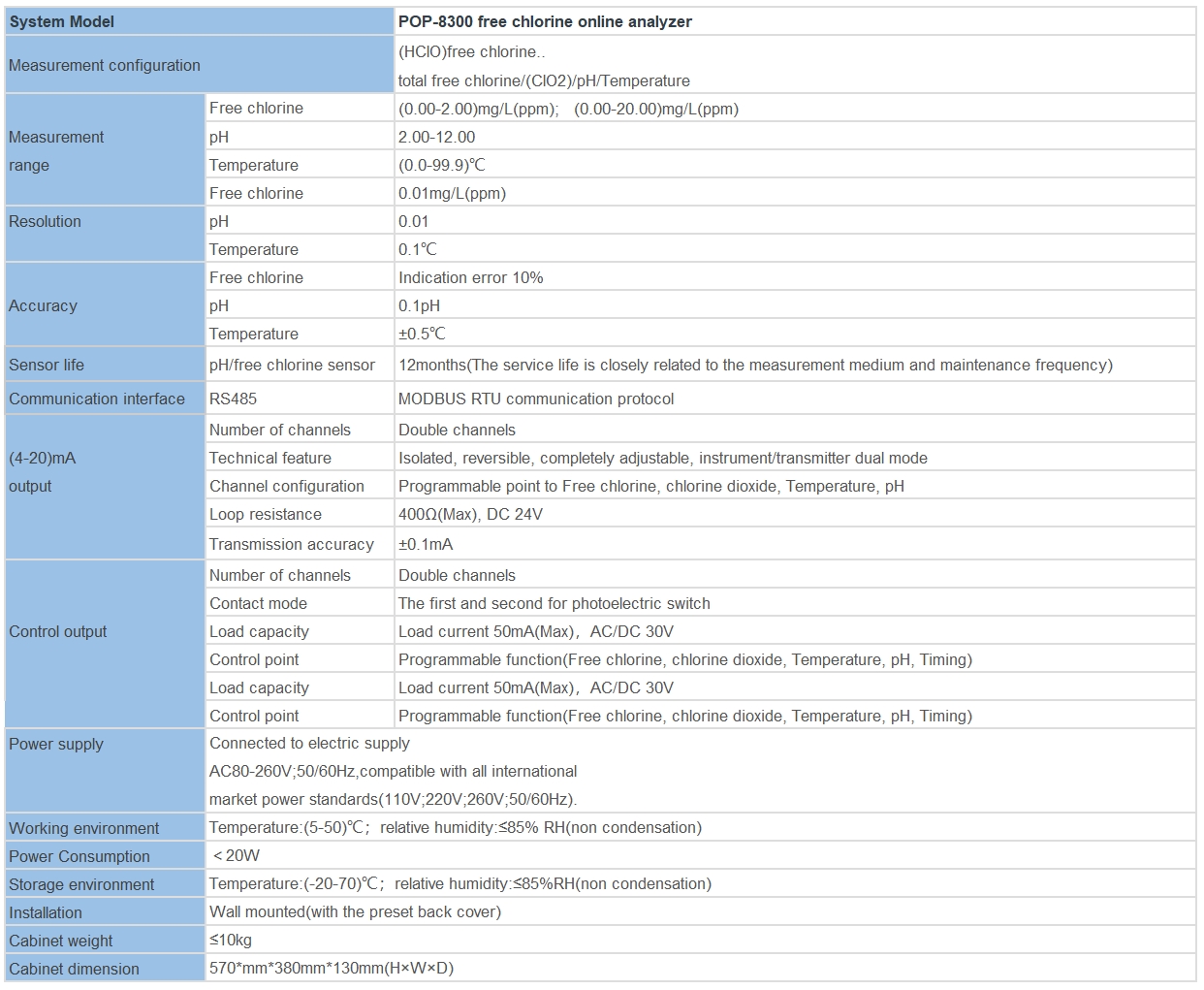
In the realm of industrial automation, Hall Effect flow sensors play a crucial role in maintaining the efficiency and safety of various processes. They are used to monitor the flow of liquids and gases in pipelines, thereby helping to prevent leaks and overflows. Moreover, by providing precise measurements of flow rates, these sensors enable industrial operators to control the speed and volume of fluid flow, thereby optimizing the efficiency of their operations.
Despite their widespread use, Hall Effect flow sensors are not without their challenges. One of the main challenges is the sensitivity of these sensors to external magnetic fields, which can interfere with their operation. However, advances in sensor design and materials have led to the development of Hall Effect flow sensors that are resistant to magnetic interference, thereby enhancing their reliability and performance.
In conclusion, Hall Effect flow sensors have become an integral part of modern technology, thanks to their accuracy, reliability, and versatility. By providing real-time data on fluid flow rates, these sensors are helping to optimize the performance and efficiency of various systems and processes, from automotive engines to industrial pipelines to medical devices. As technology continues to evolve, it is expected that the role of Hall Effect flow sensors will continue to expand, opening up new possibilities for their application.

